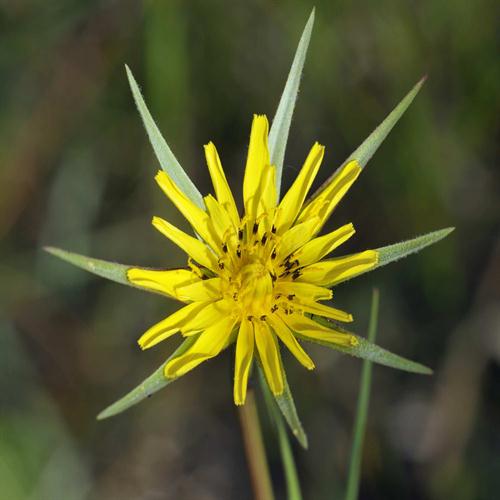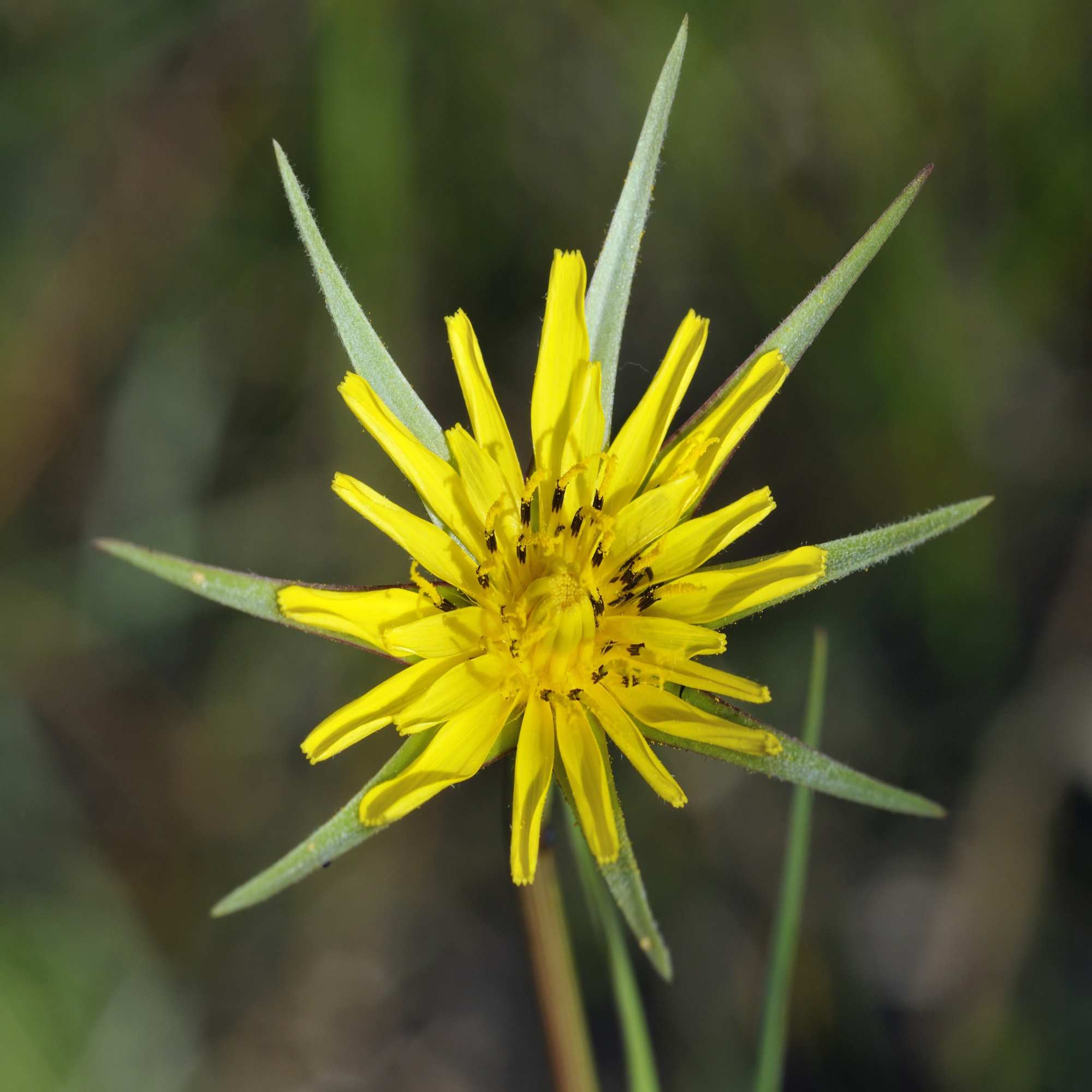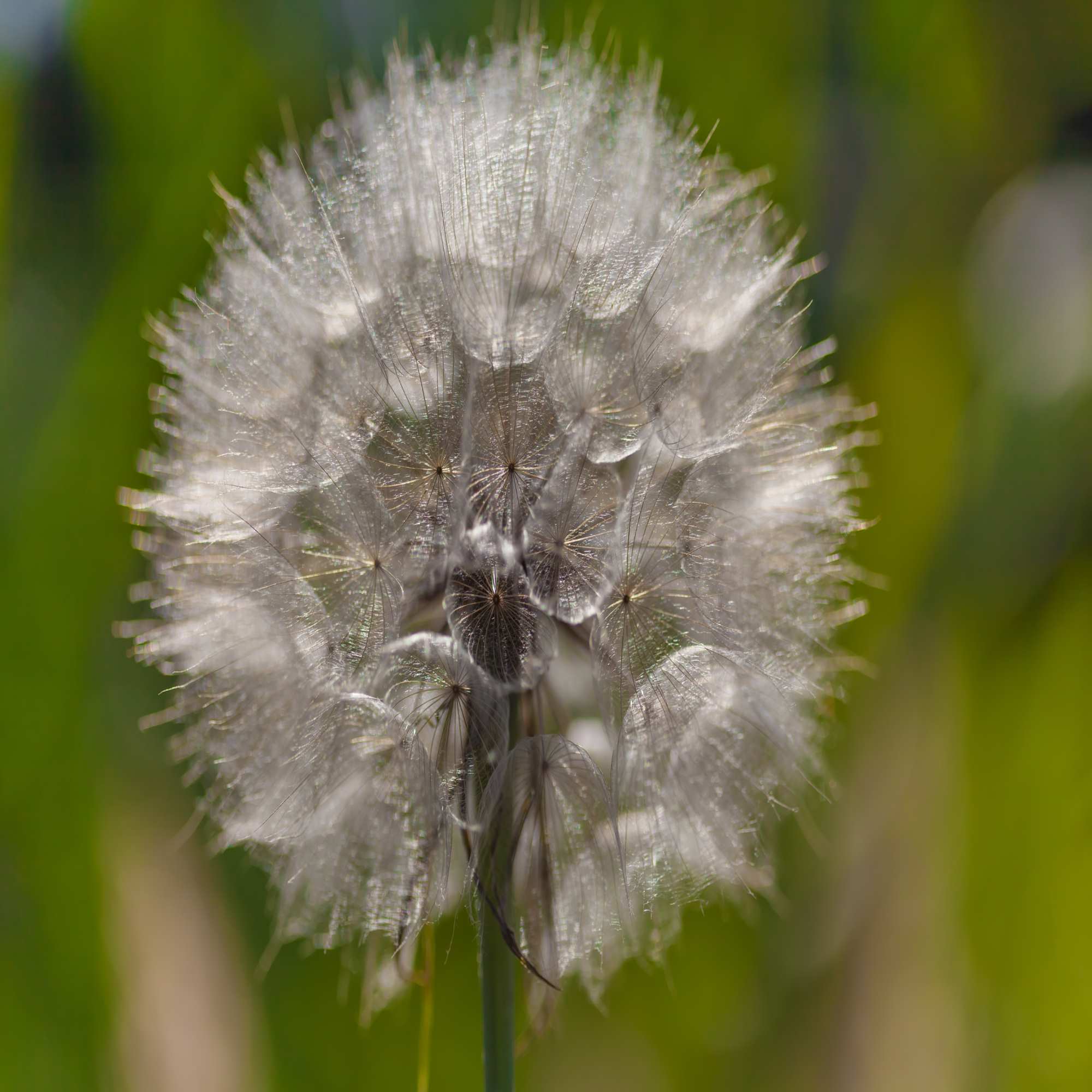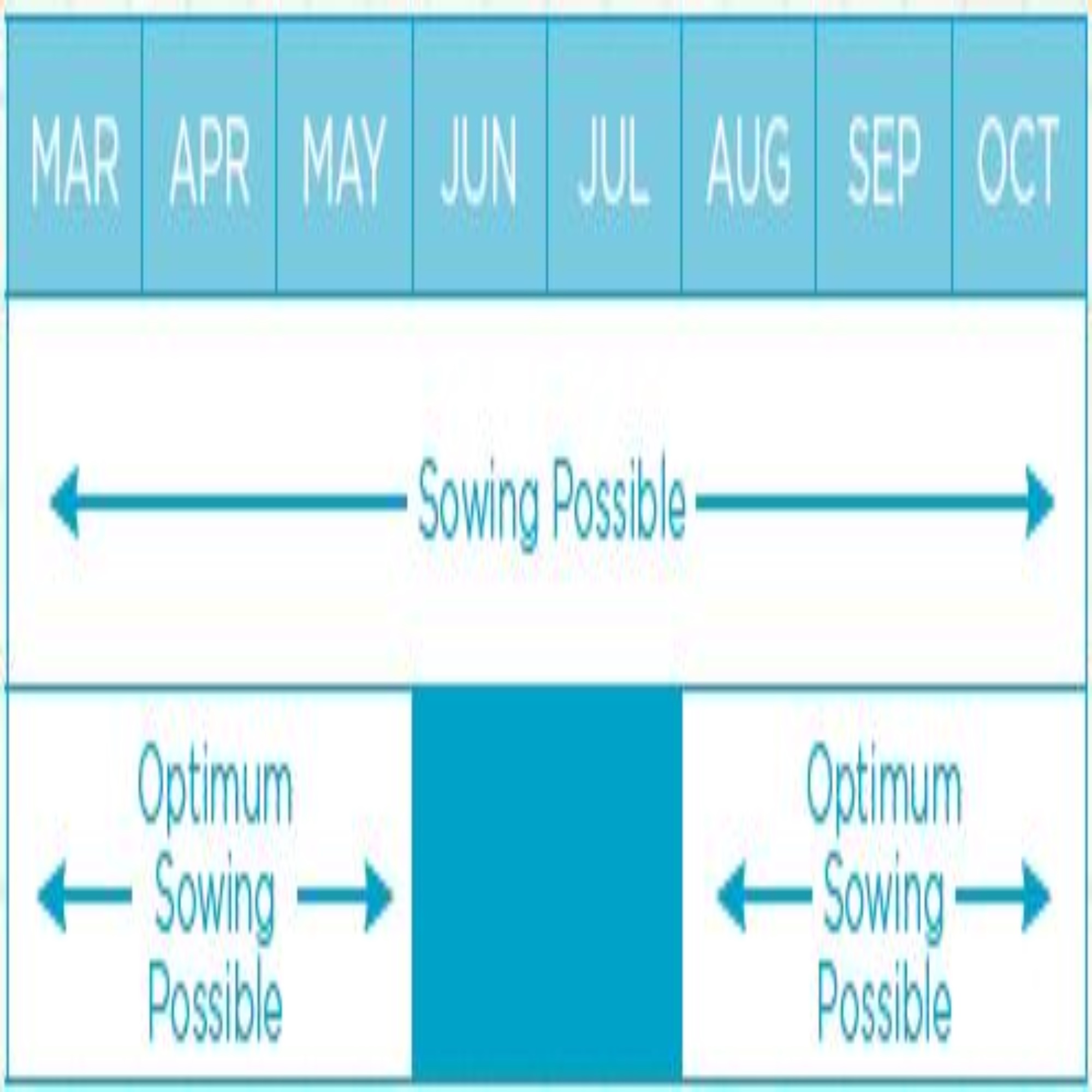Goat's Beard or Wild Salsify Wildflower Seed
Goat's-Beard or Wild Salsify Wildflower Seed, also known as Jacob's-flower, is a member of the Campositae family and related to many Daisies. It is most common on dunes, meadows, waste places and roadsides. The Dandelion-like 'seed-clocks' make this plant a favourite with children. The roots were once boiled as a vegetable, the leaves eaten raw in salads and the stems used as a natural sweetener. A herbal medicine was made from the roots to treat heartburn and loss of appetite.
Notice
This product is available to purchase but requires a conversation with one of our team please fill out the form below and we will be in contact.
Goat's Beard or Wild Salsify Wildflower Seed, also known as Jacob's-flower, is a member of the Campositae family and related to many Daisies. It is most common on dunes, meadows, waste places and roadsides. The Dandelion-like 'seed-clocks' make this plant a favourite with children. The roots were once boiled as a vegetable, the leaves eaten raw in salads and the stems used as a natural sweetener. A herbal medicine was made from the roots to treat heartburn and loss of appetite.
Latin Name
- Tragopogon pratensis
Life Cycle
- Perennial
Flowering Time
- May to August
Goat's-Beard or Wild Salsify Wildflower Seed Max Flowering Height
- 70cm
Goat's-Beard or Wild Salsify Wildflower Seed Approx Sowing Rate
- 6.75kg/Acre
Wildflower Site Preparation
The site should be weed free. Annual weeds should be controlled by mechanical means or by the use of contact based herbicide. Perennial weeds, for example docks thistle, nettles and couch grass can be dealt with using a translocated herbicide such as Round-Up. Cultivate to achieve a fine seed bed, sow seed mix and then roll to ensure firmness. The best results are obtained when there is good contact between the soil and the seeds.
Sowing Times
Sowing can best be achieved by mixing the seed with dry sand, dry sifted topsoil or sawdust and evenly broadcast. It is important that the seed is in contact with moisture in the soil so the seedbed should be lightly raked and then rolled.
|
MAR |
APR |
MAY |
JUN |
JUL |
AUG |
SEP |
OCT |
|
Sowing Possible |
Sowing Possible |
Sowing Possible |
Sowing Possible |
Sowing Possible |
Sowing Possible |
Sowing Possible |
Sowing Possible |
|
Optimum Sowing Possible |
Optimum Sowing Possible |
Optimum Sowing Possible |
Not Optimum Sowing |
Not Optimum Sowing |
Optimum Sowing Possible |
Optimum Sowing Possible |
Optimum Sowing Possible |





